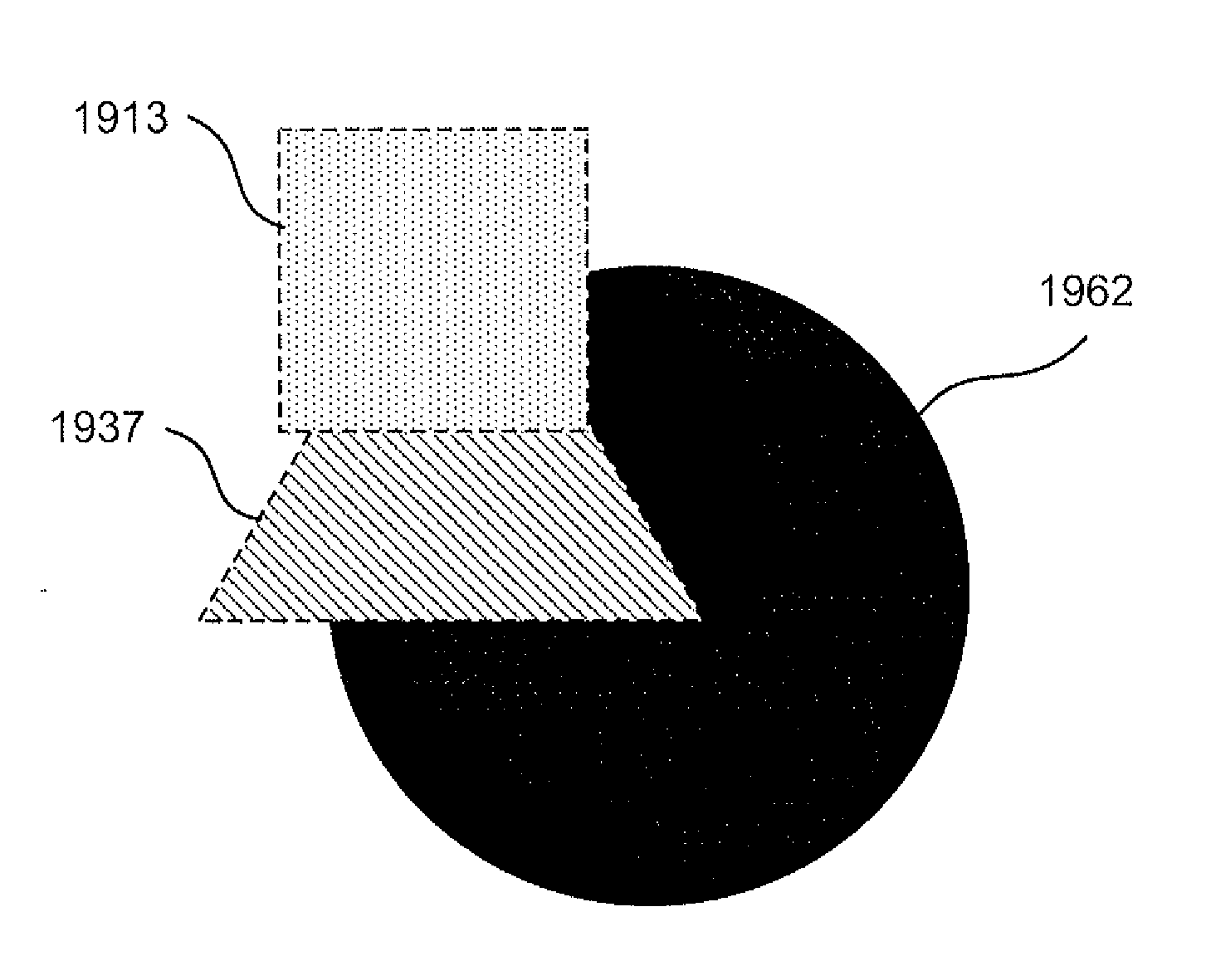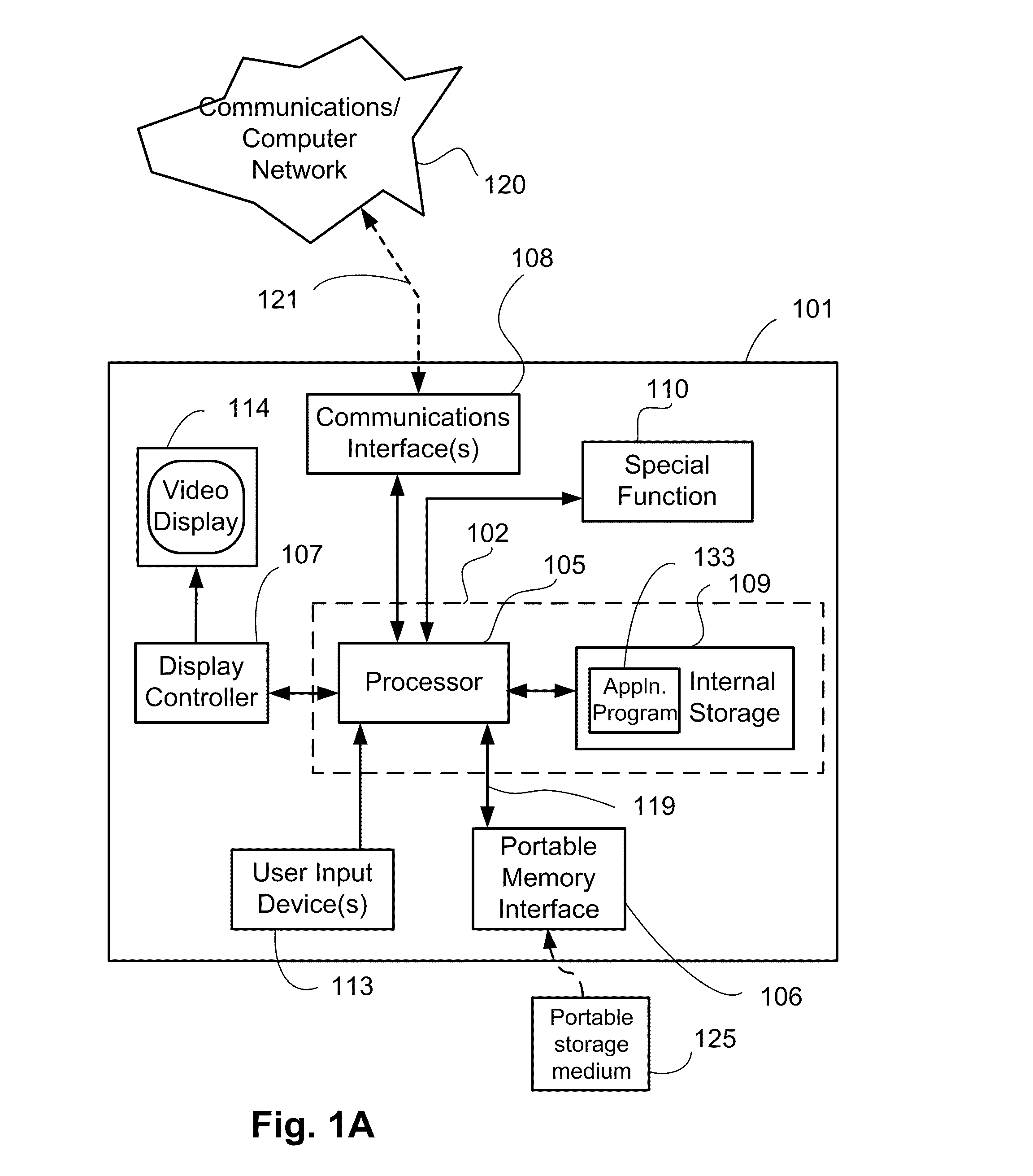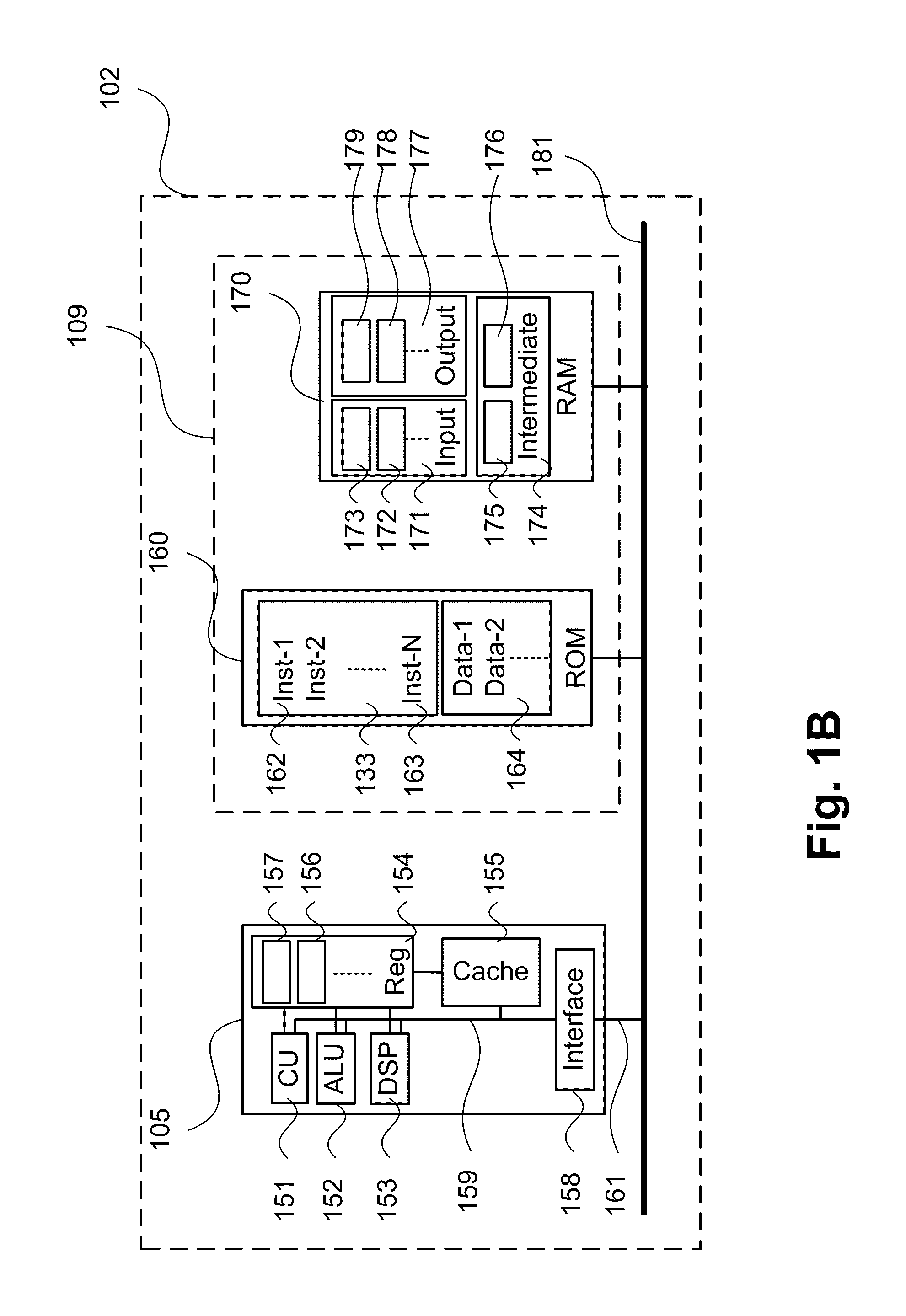Method of compositing variable alpha fills supporting group opacity
a technology of group opacity and variable alpha, which is applied in the field of computer graphics and compositing of two-dimensional (2d) graphic objects, can solve the problems of increasing the overall device cost, and reducing the battery life of portable devices
- Summary
- Abstract
- Description
- Claims
- Application Information
AI Technical Summary
Benefits of technology
Problems solved by technology
Method used
Image
Examples
Embodiment Construction
[0068]A method 1400 of compositing filled graphic objects including graphic objects filled using a variable opacity fill, will be described below with reference to FIG. 14. The method 1400 may be referred to as a “compositing process”. One or more of the graphic objects are attenuated by group opacity. As described below, the contribution of a graphic object is determined by multiplying RGB (red, green, blue) values of the graphic object's fill by corresponding alpha values and by a mask (i.e., a set of values including one value for each pixel). The mask incorporates the remaining possible contribution for graphic objects below and the effect of any group opacity including the group opacity that is nested. The remaining contribution represents a contribution of red, green, blue and alpha channels when used in an RGB colour space. The mask is updated as graphic objects are processed down a list of active graphic objects.
[0069]FIGS. 1A and 1B collectively form a schematic block diagr...
PUM
 Login to View More
Login to View More Abstract
Description
Claims
Application Information
 Login to View More
Login to View More - R&D
- Intellectual Property
- Life Sciences
- Materials
- Tech Scout
- Unparalleled Data Quality
- Higher Quality Content
- 60% Fewer Hallucinations
Browse by: Latest US Patents, China's latest patents, Technical Efficacy Thesaurus, Application Domain, Technology Topic, Popular Technical Reports.
© 2025 PatSnap. All rights reserved.Legal|Privacy policy|Modern Slavery Act Transparency Statement|Sitemap|About US| Contact US: help@patsnap.com



